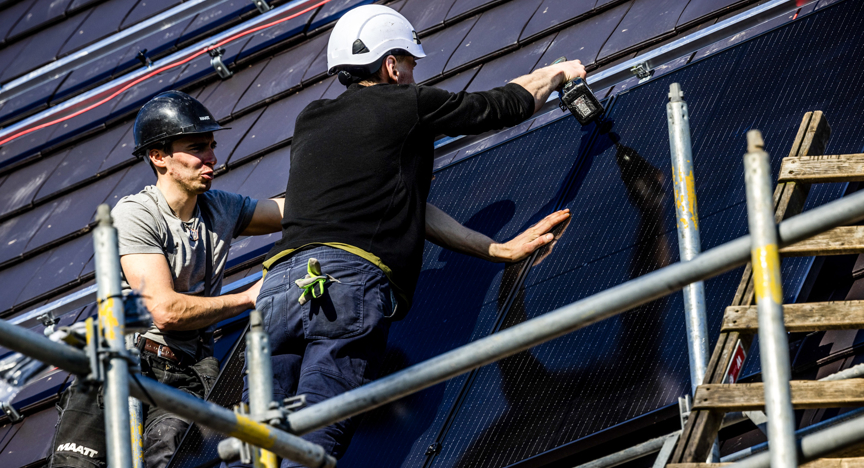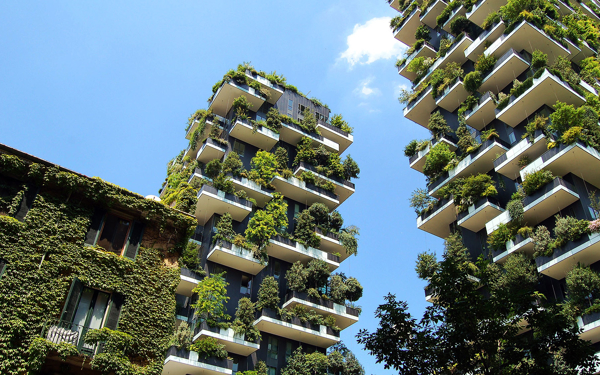What are securitisations and covered bonds?
Securitisations involve the bundling of loans, which are then repackaged as bonds through special purpose vehicles. In the Netherlands, these involve predominantly residential mortgage loans. The associated bonds are called ‘Residential Mortgage-Backed Securities’ (RMBS). Repayment of these bonds depends only on the underlying residential mortgage loans.
Covered bonds are debt securities issued by banks; these are backed by residential mortgages in the Netherlands. Holders of covered bonds have a claim on the bank and, in addition, a preferential claim on the residential mortgages (known as dual recourse).
What does green mean?
These figures on issuances of green securitisations and covered bonds involve transactions that the issuers themselves have labelled as green under their own guidelines, which are in line with various international standards. There are multiple standards for green bonds and various bodies that certify them, for example the Climate Bond Initiative and the ICMA Green Bonds Principles. However, the question of what green really means when it comes to bonds is still the subject of debate, and no unambiguous international standards exist yet.
Unlike securitisations (where the green mortgages have already been bought from the institution that previously granted them), the bank can use the funds raised through covered bonds for other sustainable purposes in some cases (e.g. for financing other types of energy-efficient real estate, and not just green residential mortgages).








